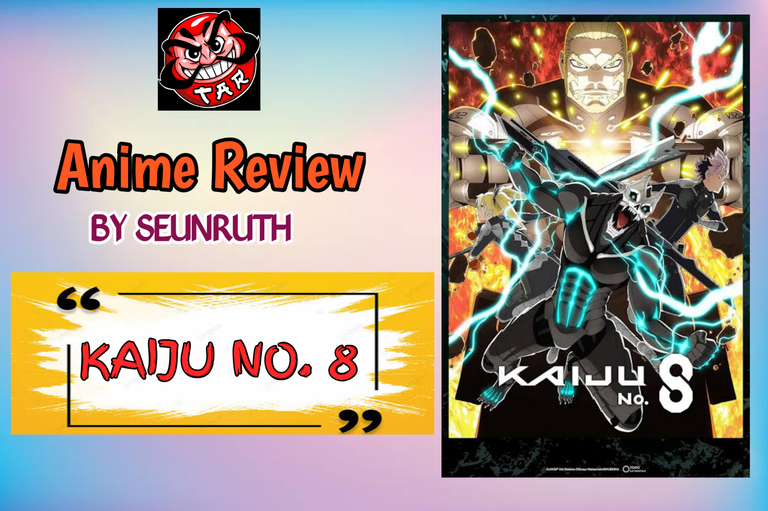
When Kaiju No. 8 premiered in 2024, I was immediately intrigued by its pedigree: Production I.G animating Naoya Matsumoto’s manga, monster designs by Studio Khara, and a premise that flipped kaiju tropes on their head. Driven more by curiosity than hype, I dove in expecting dazzling battles—and I got exactly that, plus something deeper.
Say hello to Kafka Hibino, a 32-year-old sweeper, or in other words, a person whose work is directly connected with the cleaning of the corpses of kaiju. He dreams of becoming a part of the Defense Force with a childhood friend, Captain Mina Ashiro. However, when Kafka fails the exam once more, his life is turned upside down after he accidentally turns into a kaiju. Better still, he maintains control and those in his team suspect nothing about the secret that emanates beneath his skin. He turns into the titular Kaiju No. 8, a yet unknown weapon in the making.
A story of an underdog turns into an exploration of redemption, humanity, and the fact that the sense of identity depends on what we want to be.
Since the first episode, Kaiju No. 8 hooked me with its incredible animation. Kaiju fights are extremely heavy and clear on the screen. Whether Kafka changes into his mighty self, or the rescue teams are forming, every shot appears to be cinematic. Critics agree- The battles are brought to near theatrical levels by Production I.G in terms of timing, lighting, motion, and the intricate gore imagery.
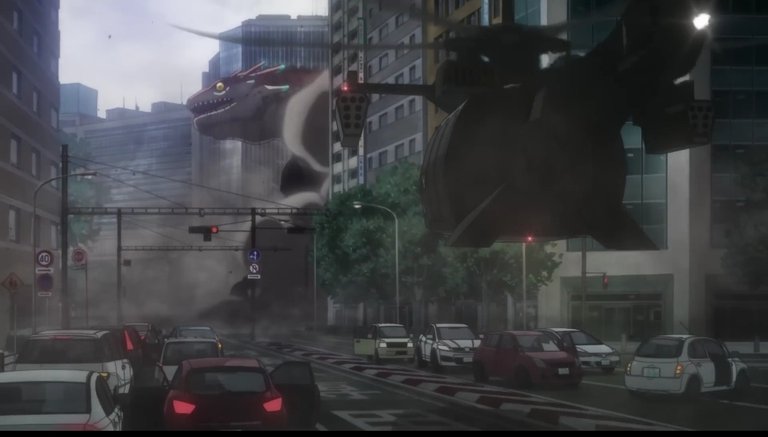
Although the violence is brutal, the tone is a combination of intense drama and wicked humor: Kafka in mid-life crisis (hello, back pain at 32!), joking between cadets, and light-hearted fun even under fire. Internet fans have it as Kafka relatability points, or as they say it, Kafka is literally me, pushing 30s rn.
This is different from the arc of Kafka. He is also older than the typical shonen protagonist, a man plagued with indecisiveness and failure. Once he gets the power, his path does not shift to boasting; it becomes a silent fight to fit in, to defend, and to absolve himself. This maturity was hailed in many reviews as a contrast over the normal teenage protagonists.
The minor characters are powerful as well. The emotional tempo in the work is held by Reno Ichikawa, the energetic assistant of Kafka; Mina Ashiro, the friend of Kafka in childhood and the hot-blooded captain, moves the plot as the driving force of Kafka; Kikoru Shinomiya with her desire of ambitions and style evokes rivalry and development among the crew. They do not base their relationships on romance but develop it through friendship and tension to form relationships even without the predictable tropes
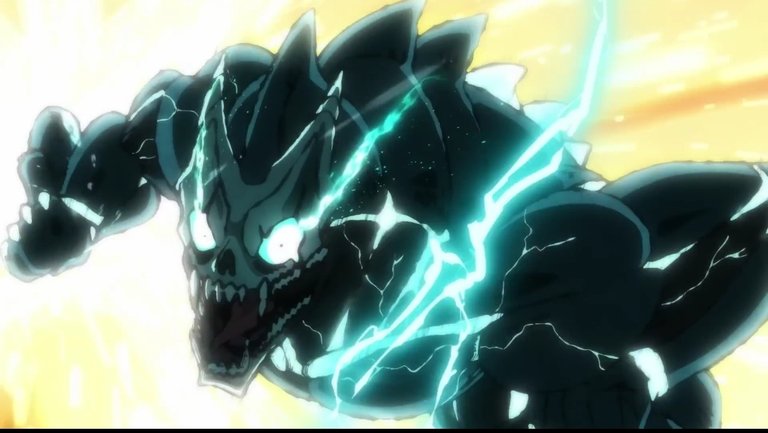
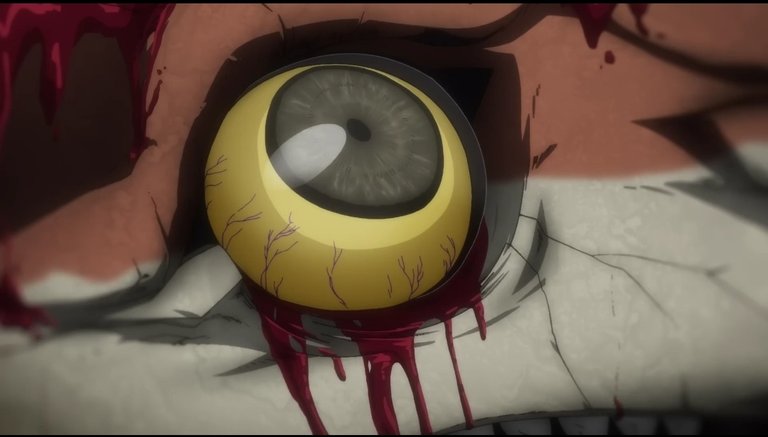
Kaiju No. 8 goes further than monsters and fighting scenes to touch upon themes of identity, sacrifice, and social purpose. This immunity is a secret that makes Kafka a possible savior and the existential threat. How is it to shoulder the strength of the opposition to guard the world which fears you?
The audience is also exposed to the kaiju attacks becoming normalized in the society: traffic lights covered in kaiju zones, civilian people not affected much more than a shrug- everything is reflective of how terror becomes normalised the more it occurs in society
Each of the shows has weaknesses- and Kaiju No.8 is not an exception. Certain fans have claimed that it relies on cliched shonen elements: power-ups, formulaic battles, and formulaic pacing. Other characters, such as Kikoru, Reno or even stoic Hoshina sometimes feel more like the archetype than the original character.
It has pacing problems especially mid-season episodes. Critics also commented that tactical depth and memorable choreography are not always present in the action scenes, though battles are over in a single blow not infrequently, and the emotional arc of characters, including side characters such as Reno and Iharu, are underdeveloped, basically lacking characterization.
Nonetheless, no matter how much fans complain, the matter concerning direct pacing is that simple pacing makes fights consistent and preserves emotional momentum, but can also make dialogue-heavy episodes appear to be longer in comparison to others.
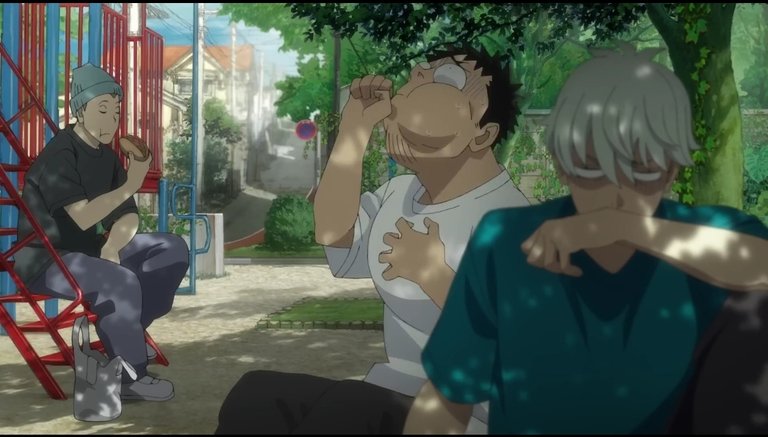
Watching Kaiju No. 8 felt like rediscovering the thrill of heroism at an age when dreams should have metastasized into responsibilities. Kafka’s struggle—an imperfect but kind-hearted man granted monstrous power—resonated deeply. His humor, his hesitation, his loyalty—it felt human.
I laughed at his midlife businessman jokes. I sighed during training arcs that felt like déjà vu—but cheered when Kafka stood tall in the face of prejudice. And when the anime ended on that cliffhanger—Kafka fully disclosed as Kaiju No. 8—it felt like stepping off a ledge, excited and terrified at once.
The fact that its weaknesses were so easily forgiven was because the show was not afraid to make the monster the hero- the twist that it took on the expectations were the best way to do it. Where Attack on Titan is the question of what happens when humans are the monsters, Kaiju No. 8 is the question of what happens when the monster decides that they want to defend humanity. I was fascinated with that tension.
Kaiju No. 8 is not perfect, but it is clear about what it wants to be: a heroic journey in the larger-than-life stakes. It glows with lovers of giant monster combat, complicated duty and characters with huge flaws, trying to be good. Even though its emotional core is strong and visually powerful, it is still marred by tropes and pacing issues.
The second season begins July 19, 2025, as reviews and news confirm, with a quality and narrative leap in Season 1, in the same way as in the first season.
When you want a story where monsters not only pose a threat, but they can also defend, given their choice, Kaiju No. 8 does not disappoint. Kafka Hibino is a loser who keeps losing until he cannot lose anymore and the adventure of such a failure is as exciting as the kaiju havoc that overwhelms every moment.
It has made me understand that there is no age limitation to hope, and heroism. And that once in awhile The greatest monster in the world… could be the greatest thing that ever saved it.
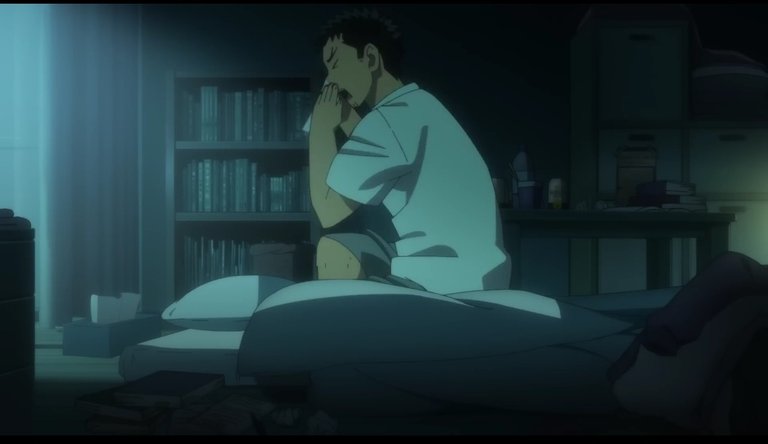
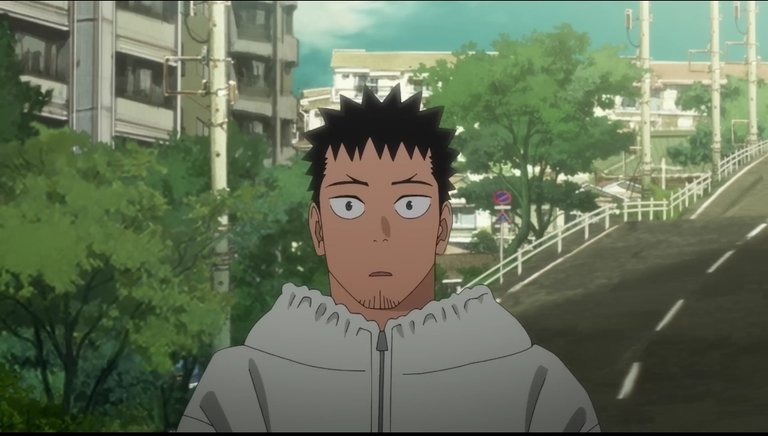
Thumbnail is designed by me on pixelLab and other images are screenshot from the movie


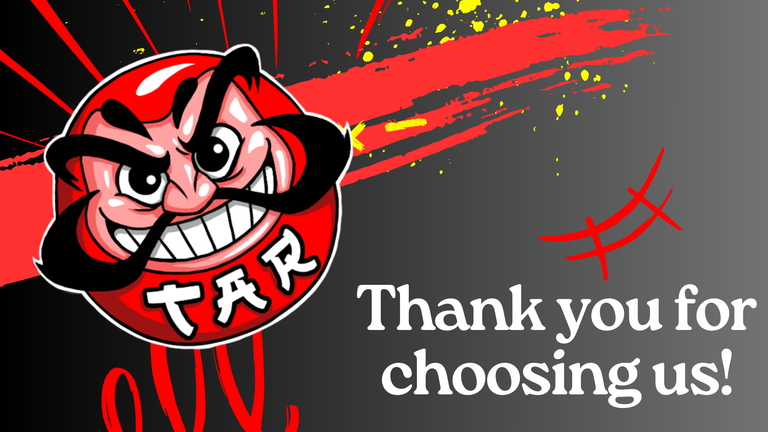
 curated by
curated by 

